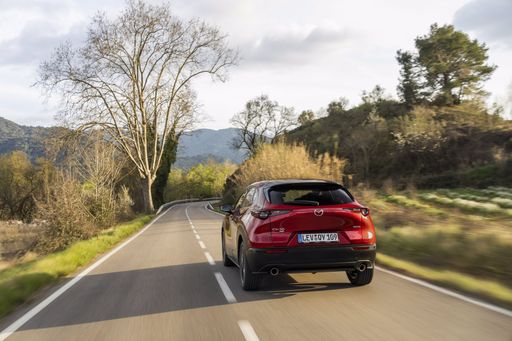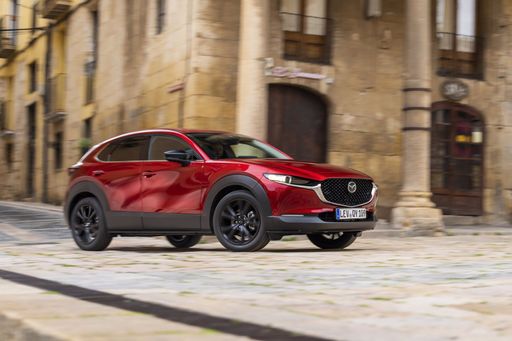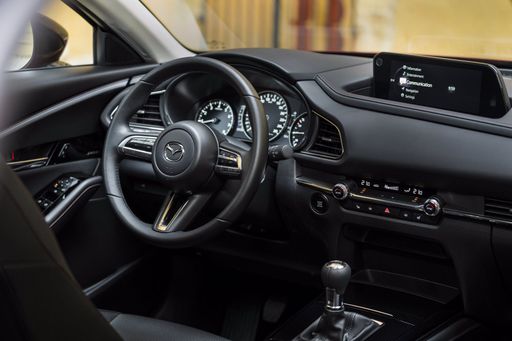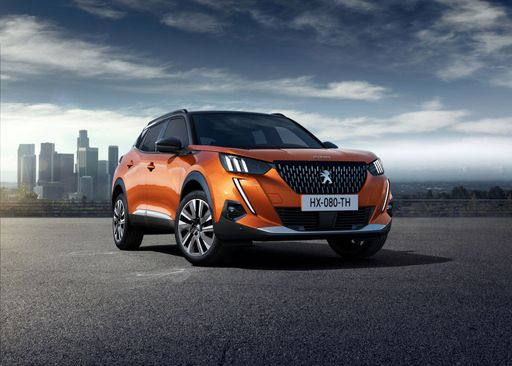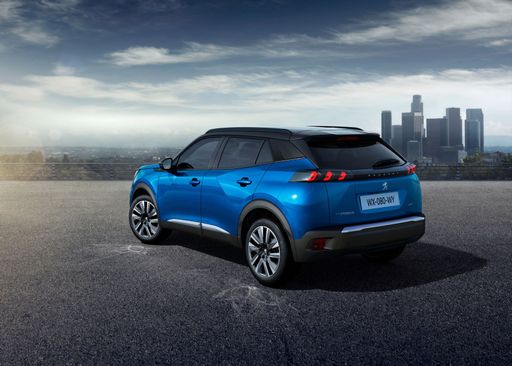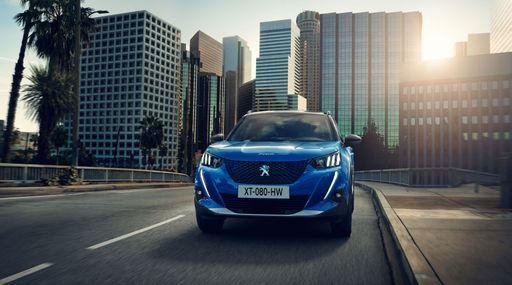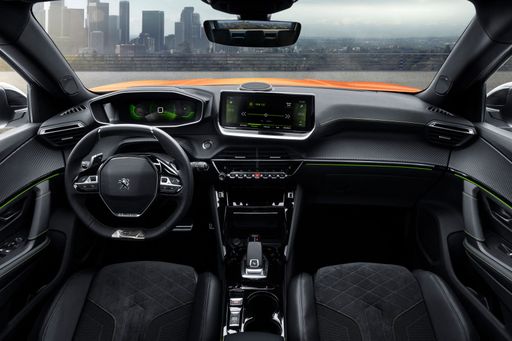Introduction: A Tale of Two Compact SUVs
The automotive market is continuously evolving, with manufacturers vying to create the perfect compact SUV. In this comparison, we delve into the characteristics and technical specifications of two standout contenders: the Mazda CX-30 and the Peugeot 2008. Each car boasts unique features, strengths, and innovations that cater to diverse consumer preferences. Let’s explore both models in detail.


